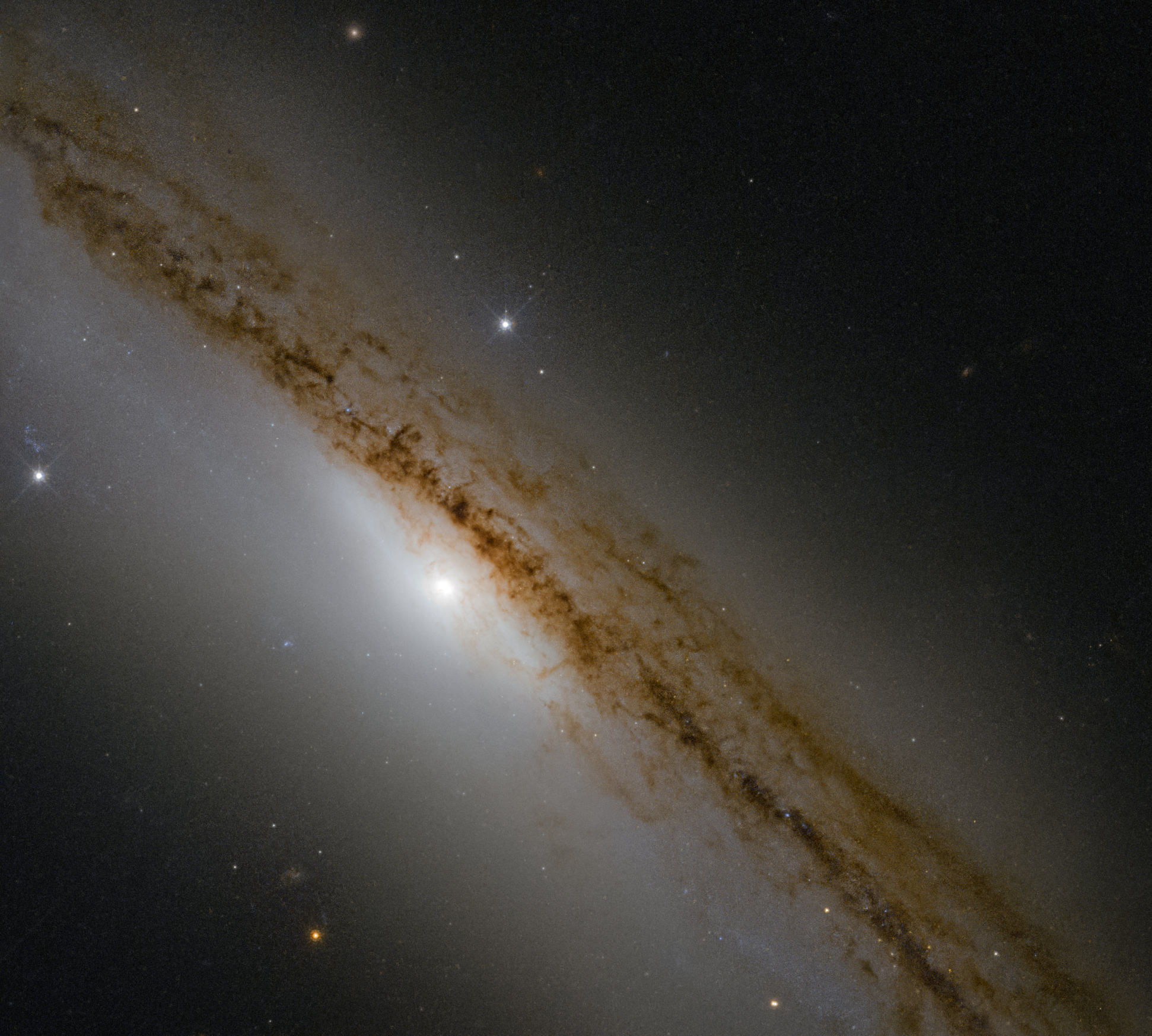The date is June 4th, 2033. Several hundred kilometers above the surface of earth, a two-ton spacecraft approaches a defunct satellite previously operated by the United Kingdom. The unmanned mission by an Indian company intends to retrieve the satellite more than thirty years after it rocketed into space. The last ten years had been tough on the satellite. In 2025, a bolt smashed into its instruments, cracking off half the solar panels.1 Three years later, several smaller fragments struck the satellite, tearing holes in the exterior. These impacts left the satellite in tatters and destroyed the debris shields it possessed, leaving it vulnerable to catastrophic damage.
The Denver Journal of International Law & Policy is one of the oldest international law journals in the United States and is ranked internationally. It is managed and edited by students at the University of Denver Sturm College of Law.


